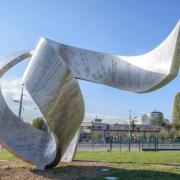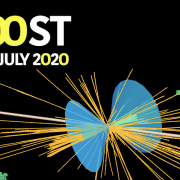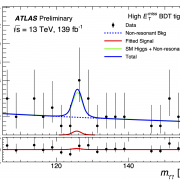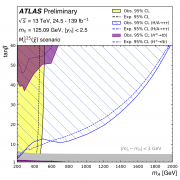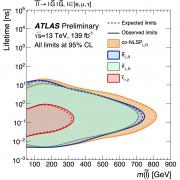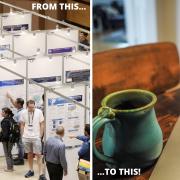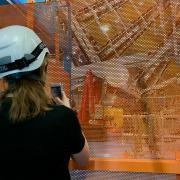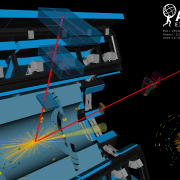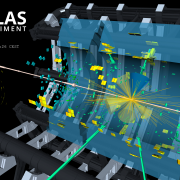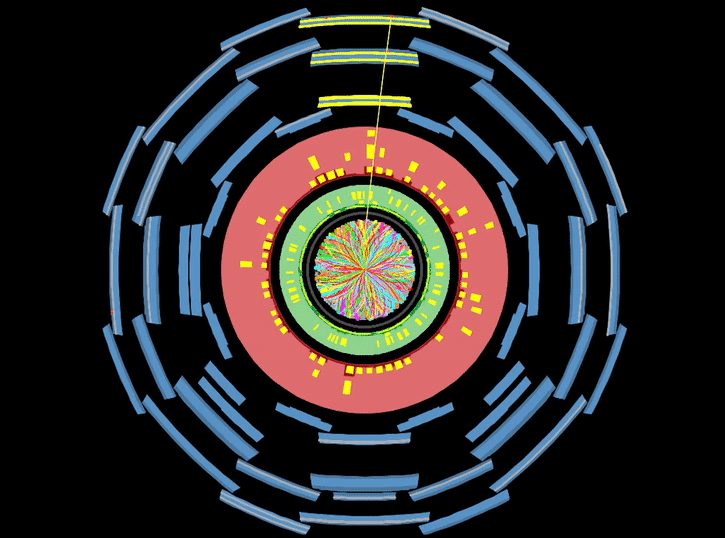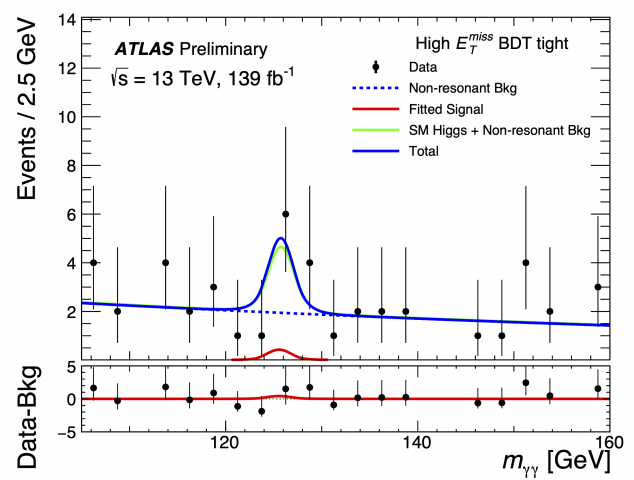Access to Collaboration Site and Physics Results
Updates tagged: “Z boson”
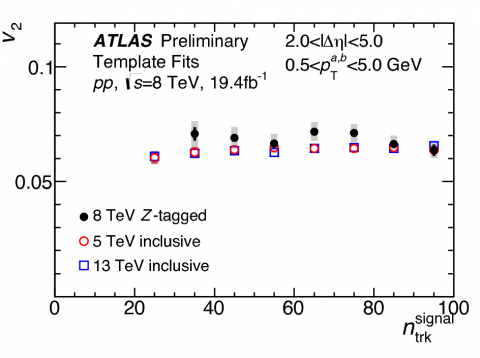
Finding a haystack in a field of haystacks
In order to produce rare physics phenomena, such as the Higgs boson or possible signs of new physics, the Large Hadron Collider (LHC) collides tens of millions of protons per second. Under such conditions, around 20 simultaneous proton-proton interactions occur in each beam crossing. Thus, additional collisions called “pile-up” are recorded along with the collision of interest. Together, they form a single event for analysis.

How strange is the proton?
What precision measurement of the inclusive W+, W− and Z/γ∗ production cross sections can tell us about the true nature of the proton.

Double the bosons, double the excitement
ATLAS has performed measurements of boson-pair production using data from 13 TeV proton-proton collisions that began in 2015. The cross-section (a measure of the production frequency) of the WW boson pair production was measured and was compared to a previous measurement in 8 TeV collisions.
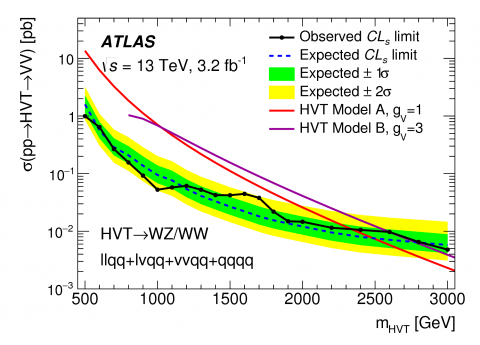
Something went bump in the night
ATLAS has published hundreds of studies of LHC data, with the Higgs boson discovery being perhaps the best known. Amongst the Run 1 searches there was one which stood out: the diboson excess.

A peek inside the proton…
When the protons from the LHC collide, they sometimes produce W and Z bosons, the massive carriers of the weak force responsible for radioactive decays. These bosons are produced in abundance at the LHC and ATLAS physicists have now precisely measured their production rates using 13 TeV proton-proton collision data recorded in 2015.

Probing inside the proton
W and Z bosons are the massive carriers of the weak force, responsible for radioactive decays. These bosons also couple closely to the Higgs boson. W and Z bosons are produced at a large rate in proton-proton collisions at the LHC, where ATLAS physicists have now measured the rates for W and Z boson production using 13 TeV proton-proton collisions

ATLAS ready to “boost” Run 2 physics
A new set of techniques is being used to identify highly energetic top quarks, W and Z bosons, and Higgs bosons decaying to quarks and, ultimately, to hadrons measured in ATLAS. Signatures of these “boosted” Standard Model particles are particularly useful when searching for massive new particles and measuring processes at high energies.

Of mesons and bosons
ATLAS is ready for detailed physics studies. The experiment used early data collected from the LHC’s Run 2 to calibrate its detectors. Measurements of the production and leptonic decay of certain particle resonances have shown that the detectors and software are working as expected.
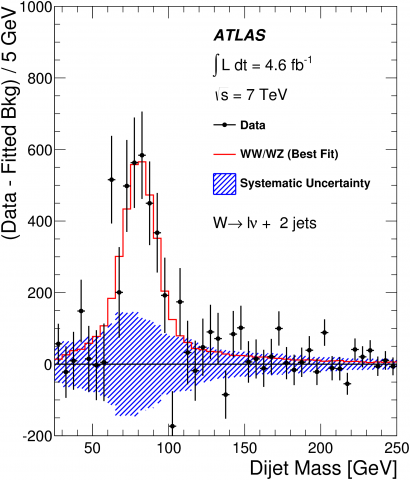
The Art of Rediscovery
When I tell people I’m a particle physicist, one of the most frequent questions I get asked is: “So, have you discovered anything?” Funnily, I’ve spent much of the past two years trying to rediscover something that’s already been seen before. In today’s world, which fetishizes the New, this may seem slightly lame, but just because we’ve discovered something, doesn’t mean we’ve fully understood it.

First observation of Z-boson production via weak-boson fusion
The fusion of two weak bosons is an important process that can be used to probe the electroweak sector of the Standard Model. Measurements of Higgs production via weak-boson fusion are crucial for precise extraction of the Higgs-boson couplings and have the potential to help pin down the charge conjugation and parity of the Higgs boson. A similar process, weak-boson scattering, is sensitive to alternative electroweak symmetry-breaking models and to anomalous weak-boson gauge couplings. These processes are extremely rare and the experimental observation of the production of heavy bosons via weak-boson fusion has become possible only recently with the large centre-of-mass energy and luminosity provided by the LHC. Extracting the signals from the huge backgrounds in the high pile-up conditions at the LHC is a major challenge.


